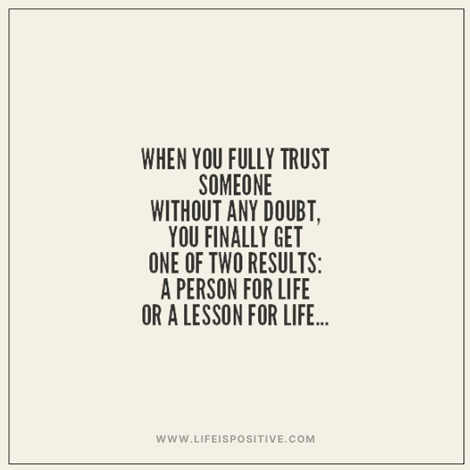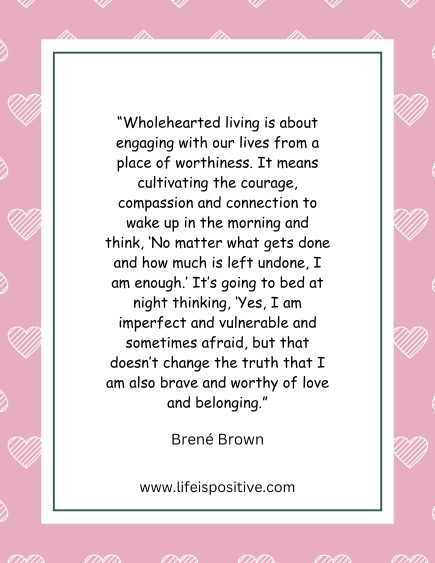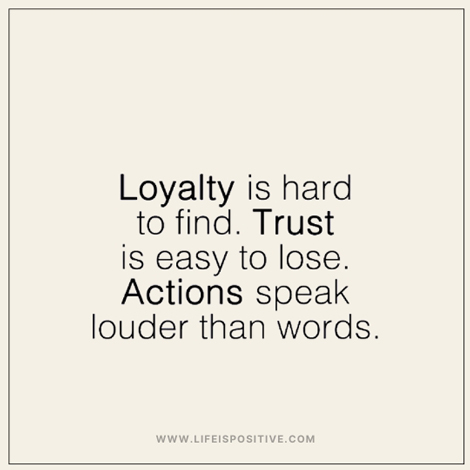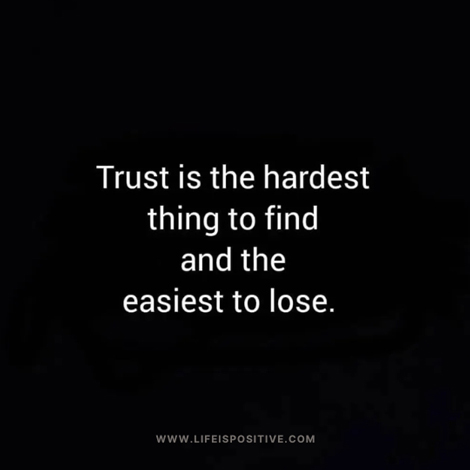|
Getting your Trinity Audio player ready...
|
Trust can feel fragile, especially after betrayal, disappointment, or simply growing up in an unpredictable world. But learning to trust again is possible—and deeply healing. Wondering how to learn to trust? It begins with reconnecting to your inner wisdom and gently rebuilding your faith in people, life, and yourself.
How to learn to trust is not about blind belief—it’s about grounded openness. It’s choosing to soften where you’ve been guarded, to listen to your intuition, and to give yourself permission to believe in goodness again. Trust grows when we meet life with courage and presence.
Why is Trust So Hard?
Before we dive into how to learn to trust, let’s address the elephant in the room: why is it so dang hard?
• Past betrayals: If you’ve been let down or hurt before, it’s natural to be cautious. Your brain is basically saying, “Hey, let’s not do that again.”
• Fear of vulnerability: Trust requires opening up, and let’s face it—nobody wants to feel exposed or rejected.
• Perfectionism: When you expect others (or yourself) to be perfect, even a small mistake can feel like a breach of trust.
• Control issues: Letting go is scary, especially when you’re used to relying only on yourself.
The good news? Trust isn’t a one-size-fits-all thing. You can learn to trust at your own pace, one step at a time.
Read: Top 25 Must-Have Traits for a Strong Relationship
Step 1: Start Small
Trust is like a muscle—you’ve got to exercise it to make it stronger. The first step in how to learn to trust is starting small.
For example:
• Trust a colleague with a simple task.
• Confide in a minor concern to a friend.
• Allow someone else to pick the restaurant for dinner.
By starting with low-stakes situations, you’re easing into trust without putting everything on the line. Think of it as dipping your toes in the water instead of cannonballing into the deep end.
Step 2: Work on Trusting Yourself
Here’s a plot twist you might not have expected: sometimes, the hardest person to trust is yourself. If you’re constantly second-guessing your decisions or beating yourself up over mistakes, it’s time to give yourself a little grace.
How to learn to trust yourself:
• Keep promises to yourself: If you say you’ll go for a 10-minute walk, actually do it. These small acts build self-trust.
• Practice self-compassion: Treat yourself like you would a good friend. Messed up? Learn from it and move on.
• Celebrate your wins: Trust grows when you acknowledge your strengths and accomplishments.
Once you trust yourself, trusting others becomes a whole lot easier.
Read: 10 Things You Need to Know About Your Healing Journey
Step 3: Communicate Honestly
If you’re wondering how to learn to trust in relationships, communication is very important. Trust thrives in environments where honesty is the norm.
Here’s how to get started:
• Express your needs: Let people know what builds your trust—whether it’s consistency, transparency, or just a heads-up if plans change.
• Ask questions: If something feels off, don’t stew in silence. A simple “Can you clarify this?” can clear up misunderstandings.
• Listen actively: Trust is a two-way street. Show others that their thoughts and feelings matter.
When everyone’s on the same page, it’s much easier to build a foundation of trust.
Step 4: Challenge Negative Beliefs
Sometimes, the biggest barrier to trust isn’t other people—it’s the stories we tell ourselves. If your internal monologue sounds like, “Everyone is out to get me,” or “I can’t rely on anyone,” it’s time for a reality check.
To learn to trust, challenge these beliefs:
• Identify your fears: Are you afraid of being hurt, judged, or abandoned? Naming your fears takes away some of their power.
• Look for evidence: Is there proof that someone is untrustworthy, or are you projecting past experiences onto them?
• Reframe your thoughts: Instead of thinking, “They’ll let me down,” try, “I’m giving them a chance to prove themselves.”
Changing your mindset takes practice, but it’s a game-changer when it comes to trust.
Step 5: Embrace Vulnerability
Here’s the thing about trust: it’s impossible without vulnerability. Yep, that means putting yourself out there, even if it feels a little scary.
Start small:
• Share a personal story with someone you care about.
• Admit when you don’t know something (pro tip: it’s okay not to be perfect).
• Let people see the “real” you, quirks and all.
Vulnerability isn’t a weakness—it’s a strength. It shows others that you’re willing to meet them halfway, and that’s a big part of learning to trust.
Read: Why Some People Use You
Step 6: Be Patient
Rome wasn’t built in a day, and trust isn’t either. If you’ve been hurt before, it’s normal to feel hesitant. Trust takes time, and that’s okay.
Here’s how to stay patient:
• Set realistic expectations: Nobody gets trust right 100% of the time.
• Celebrate progress: Every step forward is a win, no matter how small.
• Remind yourself why it matters: Trust isn’t just about avoiding hurt—it’s about building deeper, more meaningful connections.
Patience pays off when it comes to learning to trust.
Step 7: Recognize Red Flags
Let’s be real—some people aren’t worthy of your trust, and that’s not on you. Learning to trust doesn’t mean ignoring red flags or excusing bad behavior.
Here are a few things to watch out for:
• Consistent dishonesty: One lie might be forgivable, but a pattern of deceit isn’t.
• Lack of accountability: Trustworthy people own up to their mistakes.
• Disrespect: If someone belittles you or dismisses your feelings, it’s a sign they’re not worth your trust.
Part of how to learn to trust is knowing when to walk away. Your energy is better spent on people who value and respect you.
Read: How to Walk Away From a Toxic Relationship
Step 8: Practice Gratitude
The easiest ways to build trust is by appreciating the good. When someone shows up for you, keeps their word, or supports you, let them know you noticed.
Gratitude not only strengthens existing trust but also encourages others to keep showing up. It’s like a positive feedback loop for your relationships.
Final Thoughts on How to Learn to Trust
Learning to trust—yourself, others, and the flow of life—isn’t an overnight process. It takes patience, intention, and self-compassion.
If you’ve been wondering how to learn to trust again, remember that it starts with small steps. Honor your instincts, set boundaries that feel good, and allow space for both discernment and vulnerability.
True trust isn’t about never being hurt—it’s about knowing you’ll be okay, even if things don’t go perfectly. As you grow stronger in your connection with yourself, how to learn to trust becomes less about control and more about surrender.
Spiritually speaking, trust is a return to alignment—a deep remembering that you are guided, held, and capable. Let go of the need to have all the answers. Breathe. Choose presence. Open your heart little by little.
In that gentle unfolding, trust is reborn—not from force, but from faith. And that’s where the healing truly begins.
For more empowering content, connect with our vibrant community here ➡️ Social Media.






